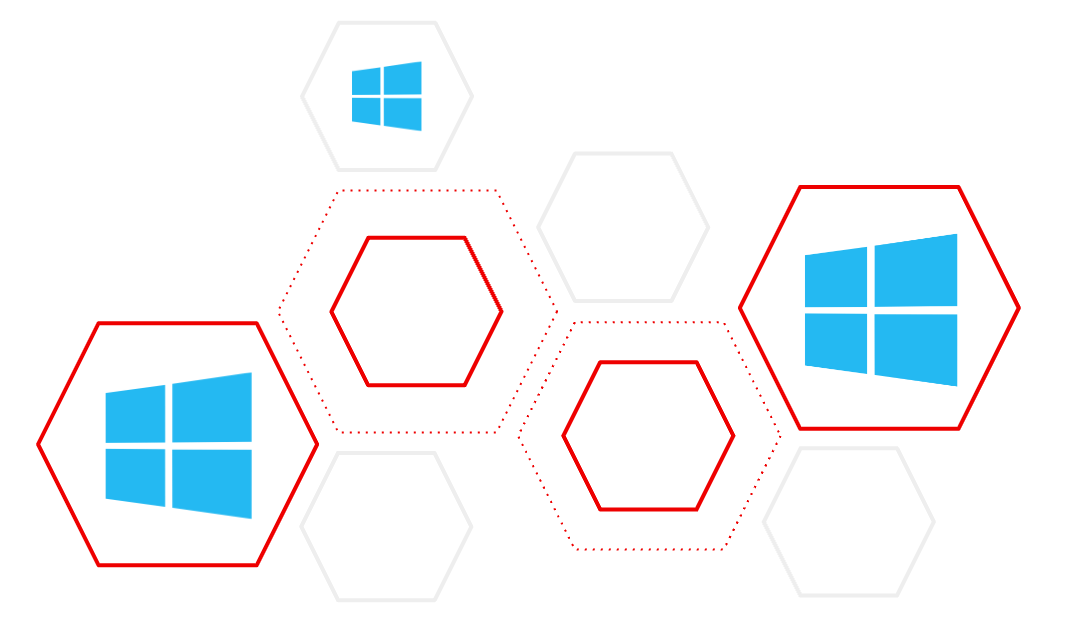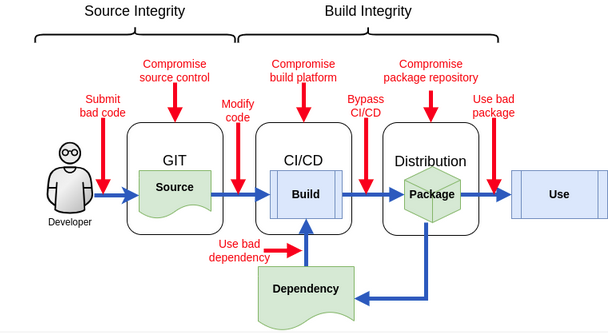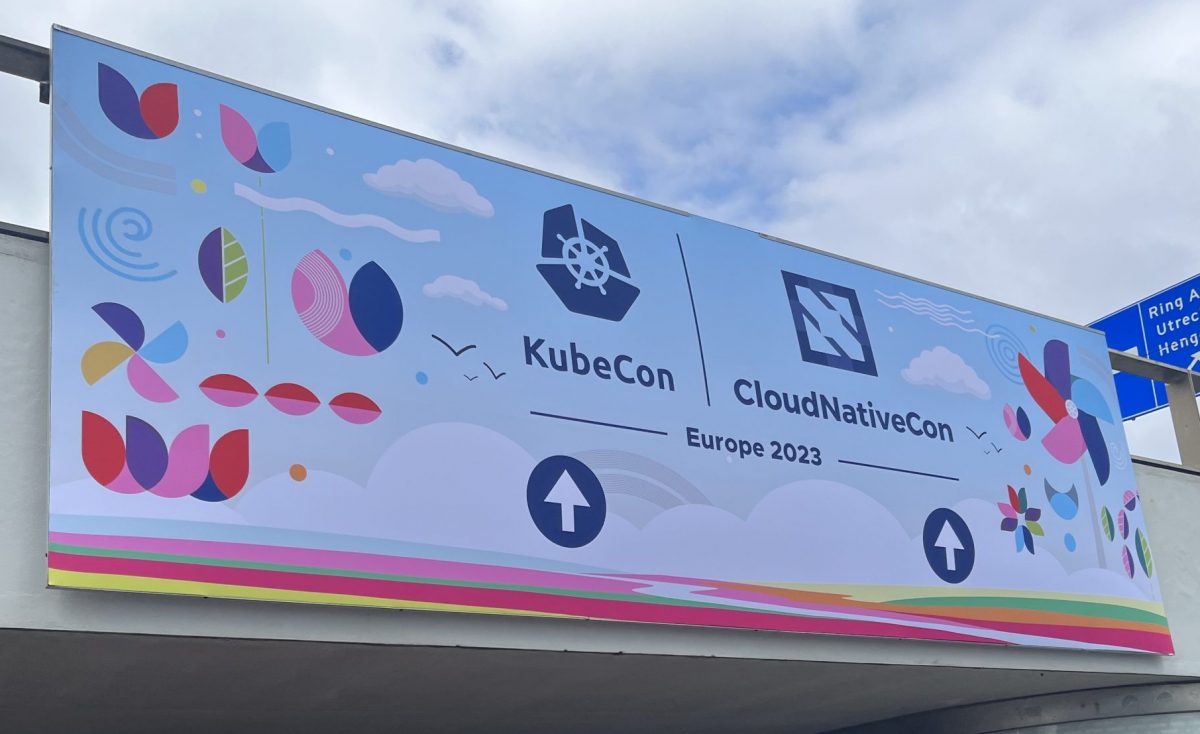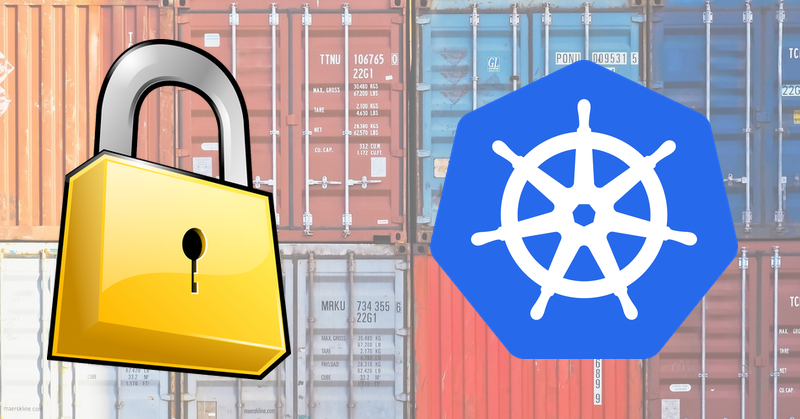Introduction As a Solution Architect for Red Hat’s ecosystem, I talk to many independent software vendors (ISVs) about modernizing their applications to enable hybrid cloud and edge strategies. Linux, containers, Kubernetes and micro-services architecture are a default choice nowadays in many new application development projects. But sometimes you can not get rid of some dependencies […]










